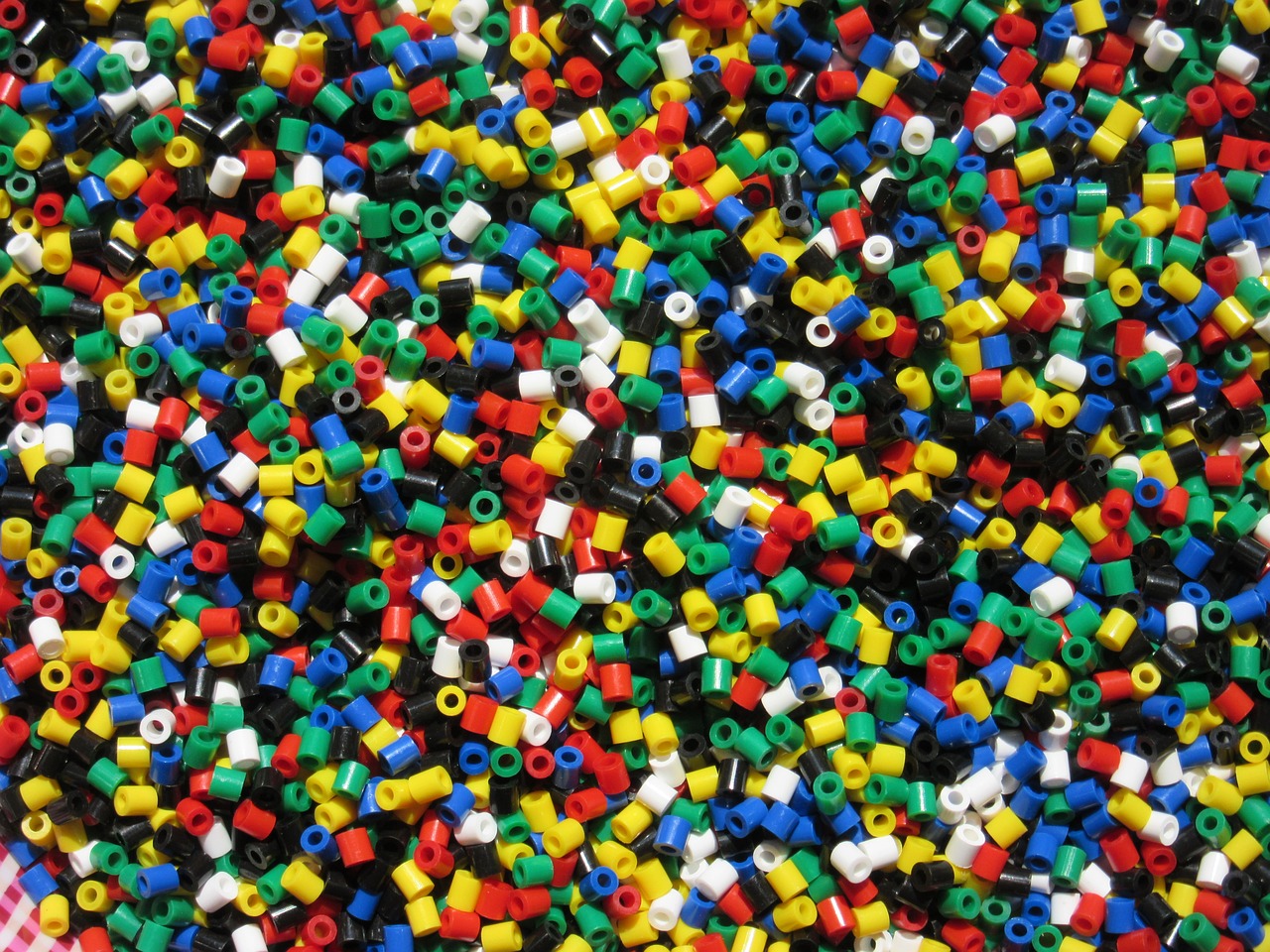Plastic is a versatile and long-lasting material that has become present in all areas of our lives. However, being non-biodegradable, it becomes an issue since it decomposes very slowly in microscopic particles, known as microplastics (less than 5 millimetres long).
Research studies have found plastic in the stomach of marine animals and have shown that humans could be ingesting up to 5 grams of plastic every week in their diet (1). Not just that, microplastics have been found in 13 out of 20 autopsy samples of human lung tissue (2) and in 30 out of 44 samples of bronchoalveolar lavage fluid in patients with a respiratory disorder, which shows that microplastics can be inhaled and be lodged deep in the lungs (3).
In terms of environmental pollution, microplastics are considered particulate matter (PM). In cities, microplastic from tire wear account for 8.5% of PM10 (PM≤10μm in diameter) and 10% of PM2.5 (4). It is estimated that six out of every 20 kg of dust produced in our homes each year are microplastics (5), and according to recent studies, inhalation may be the primary route by which microplastics enter our bodies (6).
Studies indicate that the consequences of microplastic inhalation for health include inflammation, alterations in cell metabolism and adhesion (7), and changes in the expression of proteins associated with apoptosis (8). Thus, an improved evaluation of our real levels of exposure to these pollutants, together with a better understanding of the roles of these in respiratory pathologies, is crucial.
Since 2016, we know that microplastics are present in the air we breathe (9). Yet, plastic production increases every year. The COVID-19 pandemic has rocketed the production of single-use plastics (10). This is why several proposals, such as the European regulation Strategy for Plastics in the Circular Economy, have recently emerged to restrict the use of plastics and raise awareness on the dangers of plastics to human health and the environment.
References:
- de Wit W, Bigaud N. 2019. No plastic in nature: assessing plastic ingestion from nature to people. World Wildlife Fund, Gland, Switzerland.
- L.F. Amato-Lourenço, R. Carvalho-Oliveira, G.R. Júnior, L. Dos Santos Galvão, R.A. Ando, T. Mauad. Presence of airborne microplastics in human lung tissue. J Hazard Mater, 416 (2021), pp. 126124.
- C. Baeza-Martínez, S. Olmos, M. González-Pleiter, J. López-Castellanos, E. García-Pachón, M. Masiá-Canuto, et al. First evidence of microplastics isolated in European citizens’ lower airway. J Hazard Mater, 438 (2022), pp. 129439.
- J.M. Panko, K.M. Hitchcock, G.W. Fuller, D. Green. Evaluation of tire wear contribution to PM2.5 in urban environments. Atmosphere, 10 (2019), pp. 99.
- R. Dris, J. Gasperi, C. Mirande, et al. A first overview of textile fibers, including microplastics, in indoor and outdoor environments. Environ Pollut, 221 (2017), pp. 453-458.
- S. Sridharan, M. Kumar, L. Singh, N.S. Bolan, M. Saha. Microplastics as an emerging source of particulate air pollution: a critical review. J Hazard Mater, 418 (2021), pp. 126245.
- K.E. Goodman, J.T. Hare, Z.I. Khamis, T. Hua, Q.-X.A. Sang. Exposure of human lung cells to polystyrene microplastics significantly retards cell proliferation and triggers morphological changes. Chem Res Toxicol, 34 (2021), pp. 1069-1081.
- M. Xu, G. Halimu, Q. Zhang, Y. Song, X. Fu, Y. Li, et al. Internalization and toxicity: a preliminary study of effects of nanoplastic particles on human lung epithelial cell. Sci Total Environ, 694 (2019), pp. 133794.
- R. Dris, J. Gasperi, M. Saad, C. Mirande, B. Tassin. Synthetic fibers in atmospheric fallout: a source of microplastics in the environment?. Mar Pollut Bull, 104 (2016), pp. 290-293.
- A. Torres-Agullo, A. Karanasiou, T. Moreno, S. Lacorte. Overview on the occurrence of microplastics in air and implications from the use of face masks during the COVID-19 pandemic. Sci Total Environ, 800 (2021), pp. 149555

Amor Escoz Roldán
PhD in Education Sciences
Environmental Educator, Environmental Science Specialist



